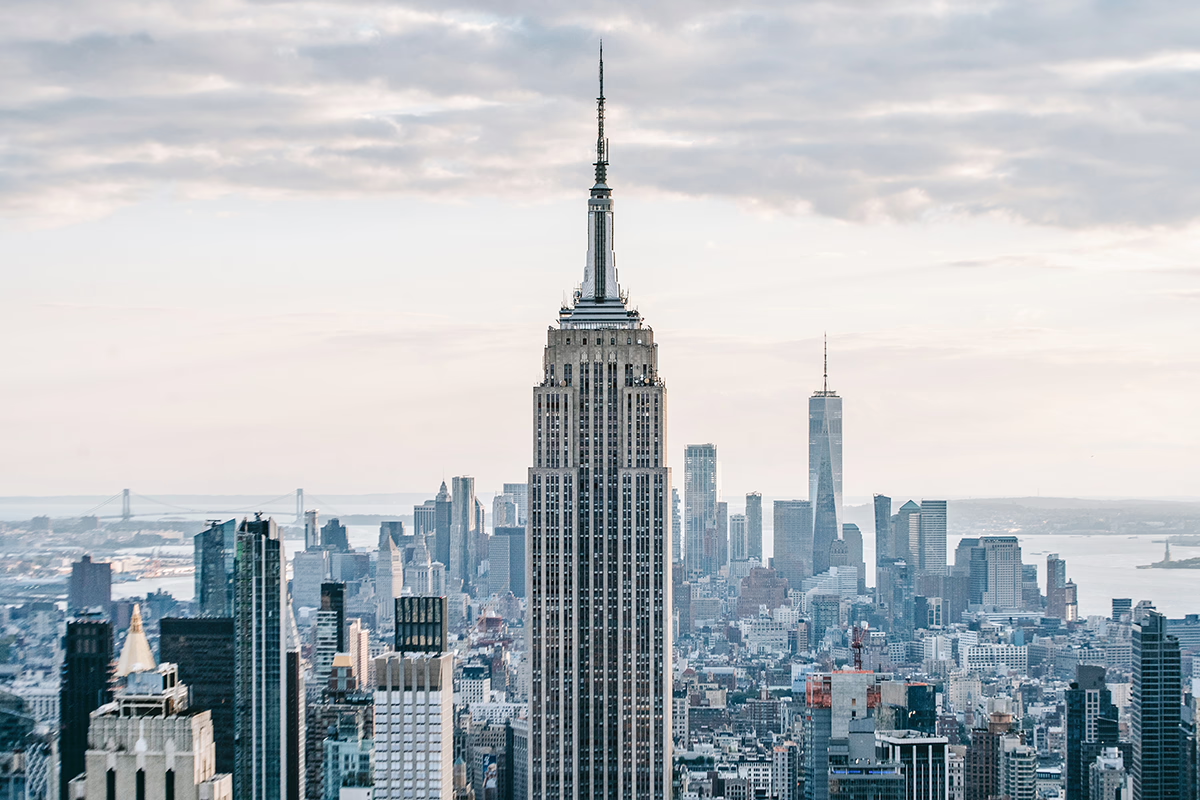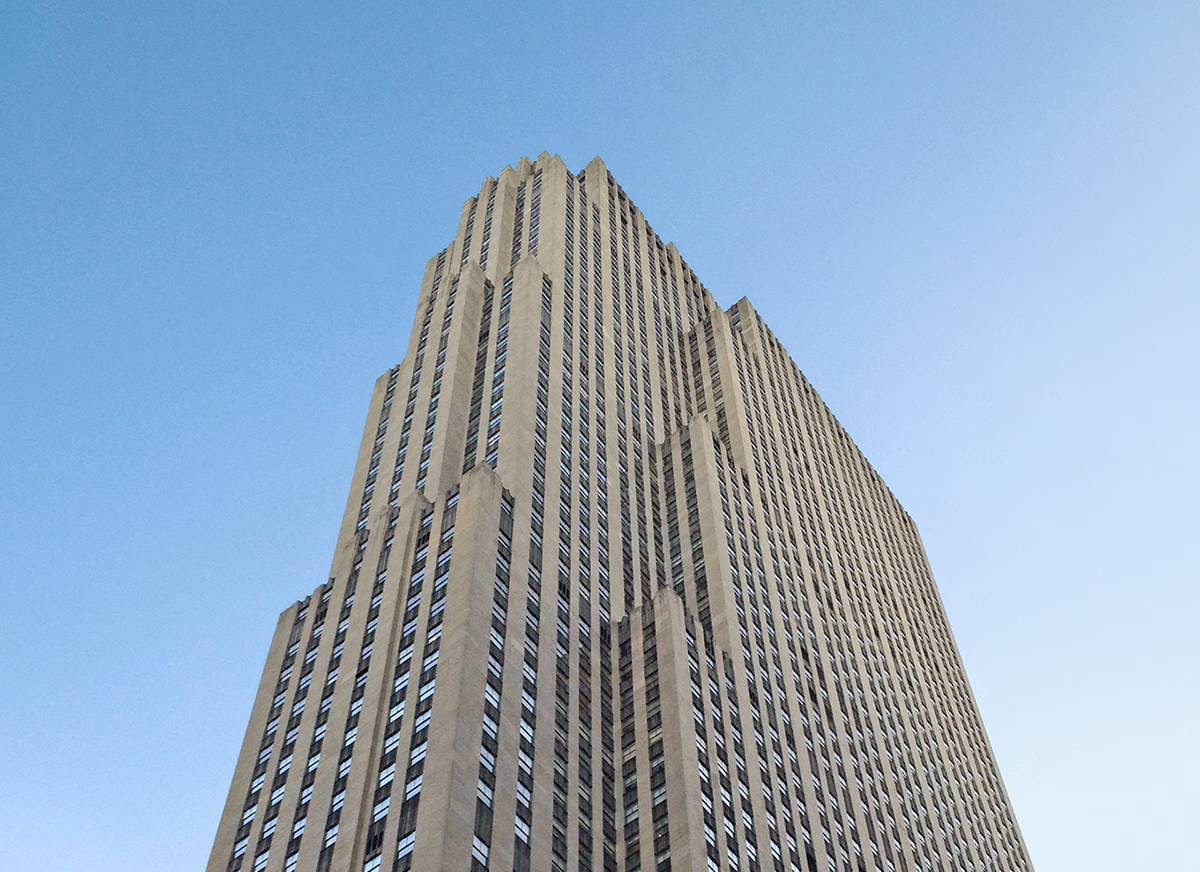Empire State Building vs 30 Rockefeller Plaza Buiding


Comparing the Empire State Building and the 30 Rockefeller Plaza Buiding is interesting because they both stand in New York, NY, and were completed within 2 years of each other, but they were designed by different architects.
This offers a unique glimpse at how rival designers approached projects in the same city during the same era.
Height & Size
The Empire State Building is clearly the larger tower of the two, both in terms of height and number of floors. It rises to 1250ft (381m) with 102 floors above ground, while the 30 Rockefeller Plaza Buiding reaches 853ft (260m) with 70 floors above ground.
Of course, each project may have faced different briefs or regulatory constraints, which we don't really know about and could also explain the outcome.
Architectural Style
Both the Empire State Building and the 30 Rockefeller Plaza Buiding were designed in line with the aesthetic conventions of the Art Deco style.
At the time, this style was at the height of its popularity. So both Shreve, Lamb & Harmon and Howells & Hood followed what was in many ways expected of them, producing designs that fit comfortably within contemporary architectural norms, rather than breaking with convention.
Uses
Both the Empire State Building and the 30 Rockefeller Plaza Buiding were designed to serve as commercial towers, and that has remained their main use since their completion, serving similar roles in the urban fabric.
Structure & Facade
Both the Empire State Building and the 30 Rockefeller Plaza Buiding rely on a Frame structural system.
A frame structure uses a grid of columns and beams to carry the building's loads. This frees the walls from structural duties, allowing for flexible floor plans and larger windows.
They also employ the same type of facade, a Masonry facade.
A masonry facade gives the building a heavier, more traditional appearance. It often conceals a frame structure behind it, creating the look of solid walls without carrying the main loads.
| Empire State Building | 30 Rockefeller Plaza Buiding | |
|---|---|---|
| Shreve, Lamb & Harmon | Architect | Howells & Hood |
| 1929 | Design Ended | 1931 |
| 1930 | Construction Started | 1932 |
| 1931 | Year Completed | 1933 |
| Art Deco | Architectural Style | Art Deco |
| Commercial | Current Use | Commercial |
| 102 | Floors Above Ground | 70 |
| 2 | Floors Below Ground | 3 |
| 381 m | Height (m) | 260 m |
| 208,879 m² | Usable Area (m²) | 195,095 m² |
| 73 | Number of Elevators | 60 |
| Frame | Structure Type | Frame |
| Steel | Vertical Structure Material | Steel |
| Concrete | Horizontal Structure Material | Concrete |
| No | Facade Structural? | No |
| Limestone | Main Facade Material | Limestone |
| Empire State Inc, John J. Raskov And Al Smith | Developer | John D. Rockefeller Jr. |
| Otis | Elevator Company | Westinghouse |
| Homer Gage Balcom | Structural Engineer | Edwards & Hjorth; H.G. Balcom & Associates |
| Leif Neandross, Roy Sparkia And Renée Nemorov | Collaborating Artist | Lee Lawrie |
| NY | State | NY |
| New York | City | New York |
| 350 Fifth Avenue | Address | 30 Rockefeller Plaza |